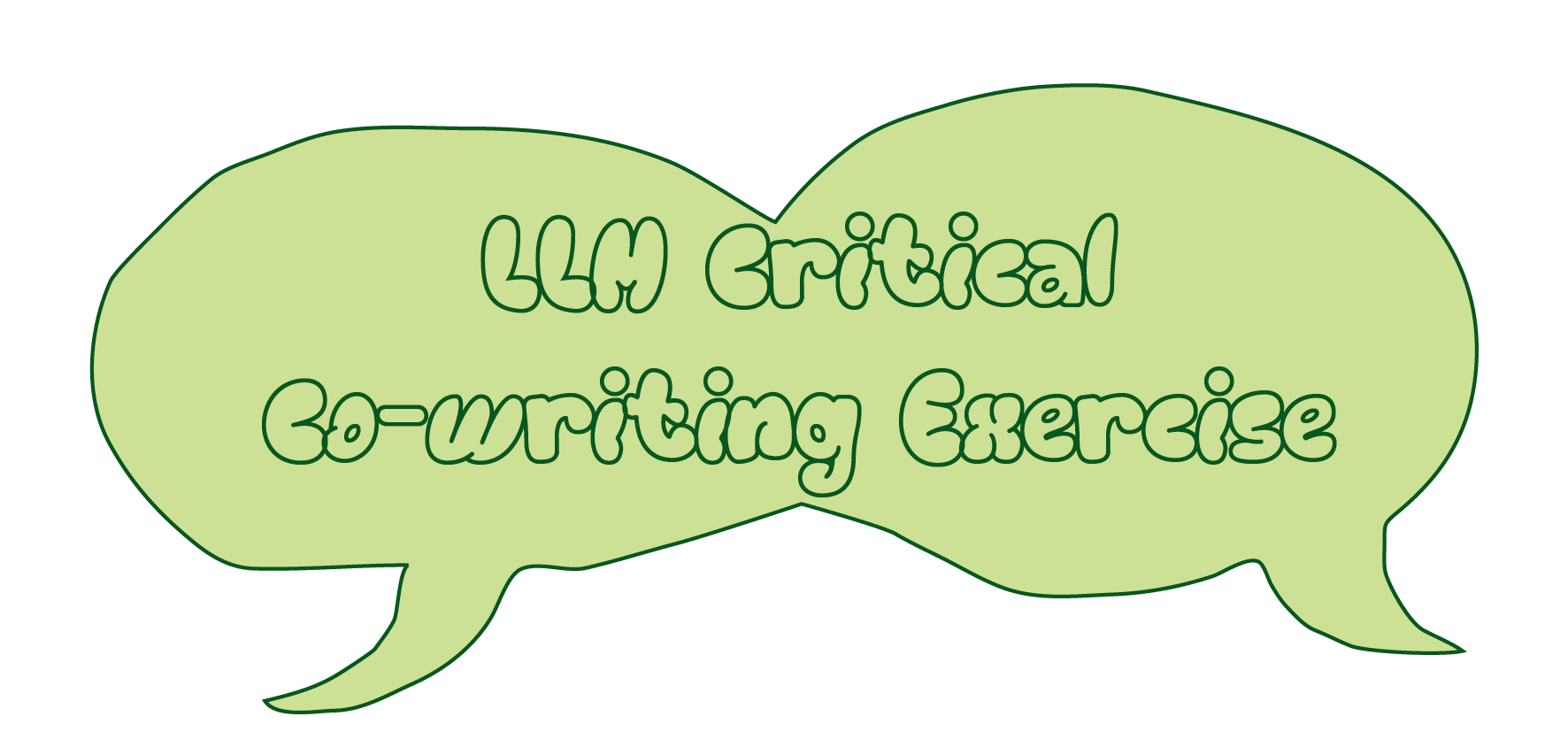Created by
K Allado-McDowell
Find and calibrate your own voice with a language model.
K is a writer, artist, and musician who wrote three books with OpenAI’s Playground: an interface to GPT-3 that made use of the Chat Completions API. Here it was possible to load prompts (such as incomplete sentences or paragraphs) into a textfield and let the model complete them. This kind of interaction made co-thinking seamless. Human and machine voices were merged into the linear flow of prose. Compare this to the chat-based LLM interfaces that are common today, which always set a two-character scene with distinct, even antagonistic actors. Although this variant also has its own dynamics, K found themselves missing the completion model of human-AI interaction. When they vibe-coded a replica of the OpenAI playground using DeepSeek, they enjoyed rediscovering an exploratory collaborative voice. It made them realise how language is reshaped by conversational interfaces. K enjoys receiving emails from people that are experimenting and co-writing with AI, but it is often riddled with tropes. You might recognize them: overuse of em-dashes, an always slightly astonished tone, not so much x as y. For K, this abundance of tropes puts a hard limit on AI’s literary usefulness. If we want to get anything good out of AI writing tools, we either need to roll our own or learn how to reshape their language as they reshape ours. This exercise helps you find and calibrate your own voice with a language model.
About the artist
K Allado-McDowell is a writer, artist, musician, and a pioneering figure in the field of AI literature. They have authored several books with GPT-3, co-edited and contributed to multiple anthologies, and regularly publish essays on art, AI and ecology.
Link
Exercise
Here is an exercise to help you find and calibrate your own voice with a language model.
- Outline an idea for an essay. Describe the general flow of the argument with bullet points. Alternatively, write out a paragraph describing your idea. As you do this, be intentional with your word choice and phrasing. You may need to move quickly and fluidly to get your ideas down, then take an additional editorial pass to structure and shape the language.
- Feed this into your chosen LLM tool. Tell it to generate an essay based on the outline or paragraph.
- Do a close read of the output. Look for metaphors that fall apart, or sentence constructions that go down easy but lack clarity or depth. Be critical of word choices. Take sentences and paragraphs apart to see what’s essential and what can be cut. You may be surprised at what you find.
- Rewrite every word or phrase that doesn’t feel like it comes from you. Let the meaning decompose and re-form. If you have to throw the whole thing out, go ahead, it’s just an experiment.
- Spend some time reflecting on your original idea and what it’s become. Did the LLM make your thoughts clearer? Cleaner? More confused? Has your definition of good writing changed?
- Rewrite the essay without AI. Which version do you prefer?
